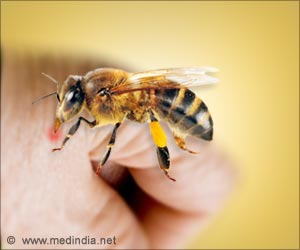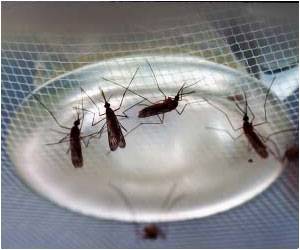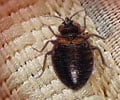Body painting may be used as an effective means to protect skin against insect bites, finds a new study.

‘Body-painting has a rich history that goes beyond just festivals and parties. A new study looks at the effects of indigenous style human body paint and the protection against blood-sucking insects and the results point to body painting as an effective means to protect against insect bites.’





Most of the indigenous communities who paint their bodies live in areas where there is an abundance of bloodsucking horseflies, mosquitoes or tsetse flies. When these insects bite people, there is a risk of bacteria, parasites, and other pathogens being transferred.The study shows that body-painting provides protection against the insects. A brown plastic model of a human attracted ten times as many horseflies as a dark model painted with white stripes. The researchers also found that a beige-colored plastic figure used as a control model attracted twice as many bloodsuckers as the striped model.
According to Susanne Åkesson, a professor at Lund University's Department of Biology, the tradition of body-painting may have developed simultaneously on different continents. It is not known when the tradition started.
"Body-painting began long before humans started to wear clothes. There are archaeological finds that include markings on the walls of caves where Neanderthals lived. They suggest that they had been body-painted with earth pigments such as ochre", says Susanne Åkesson.
The research team has previously observed that the zebra's stripes act as protection against horseflies. It is also known that pale fur, on horses, for example, can provide protection, in contrast to dark fur. The discovery won the IgNobel Prize in Physics in 2016. In the new study, the team has taken the research a step further and examined plastic models that are the same size as adult humans.
Advertisement
They also examined whether the attraction of horseflies differed between models that were lying down or standing up. The results show that only females were attracted to the standing models, whereas both males and females were drawn to the supine models.
Advertisement
Source-Newswise










